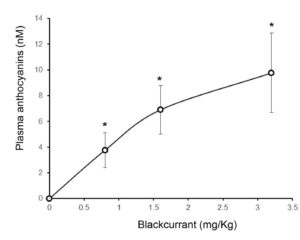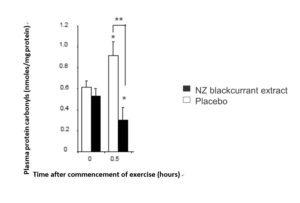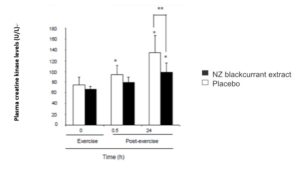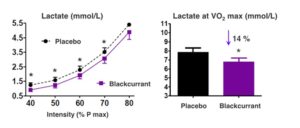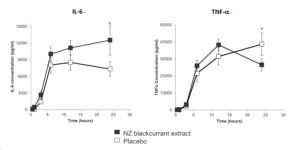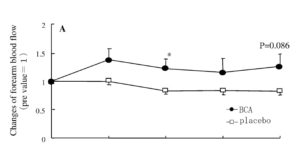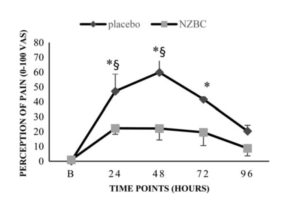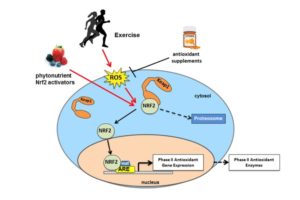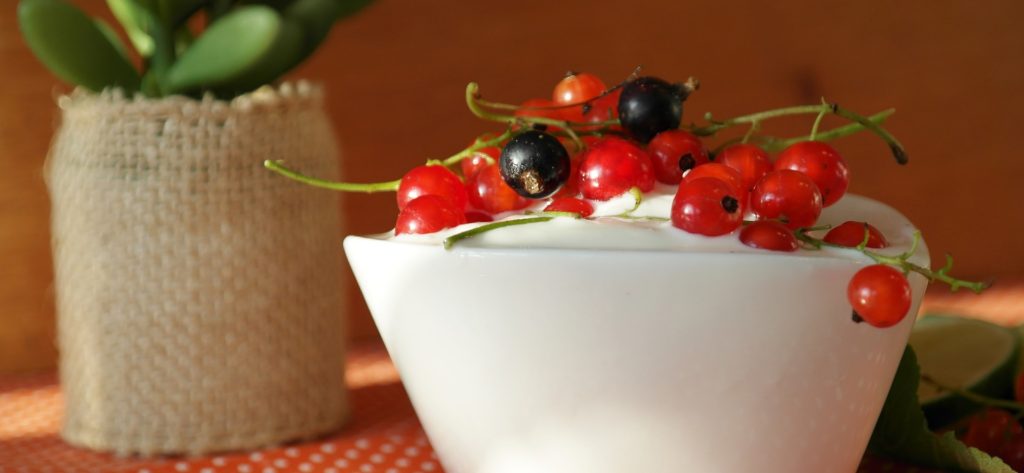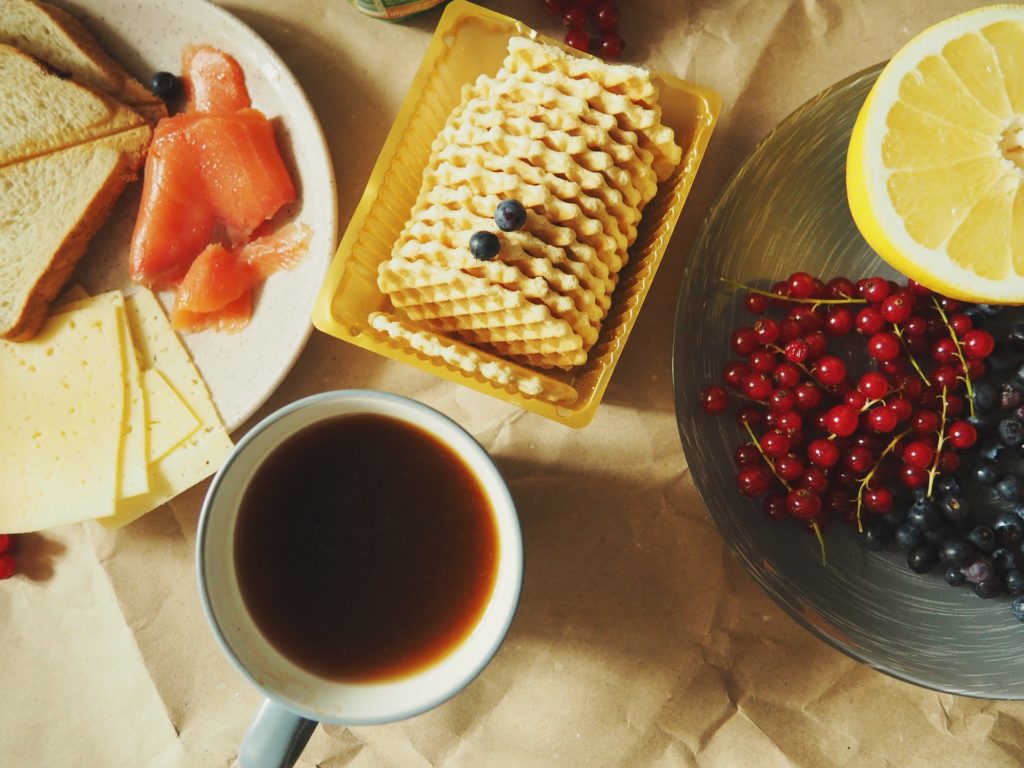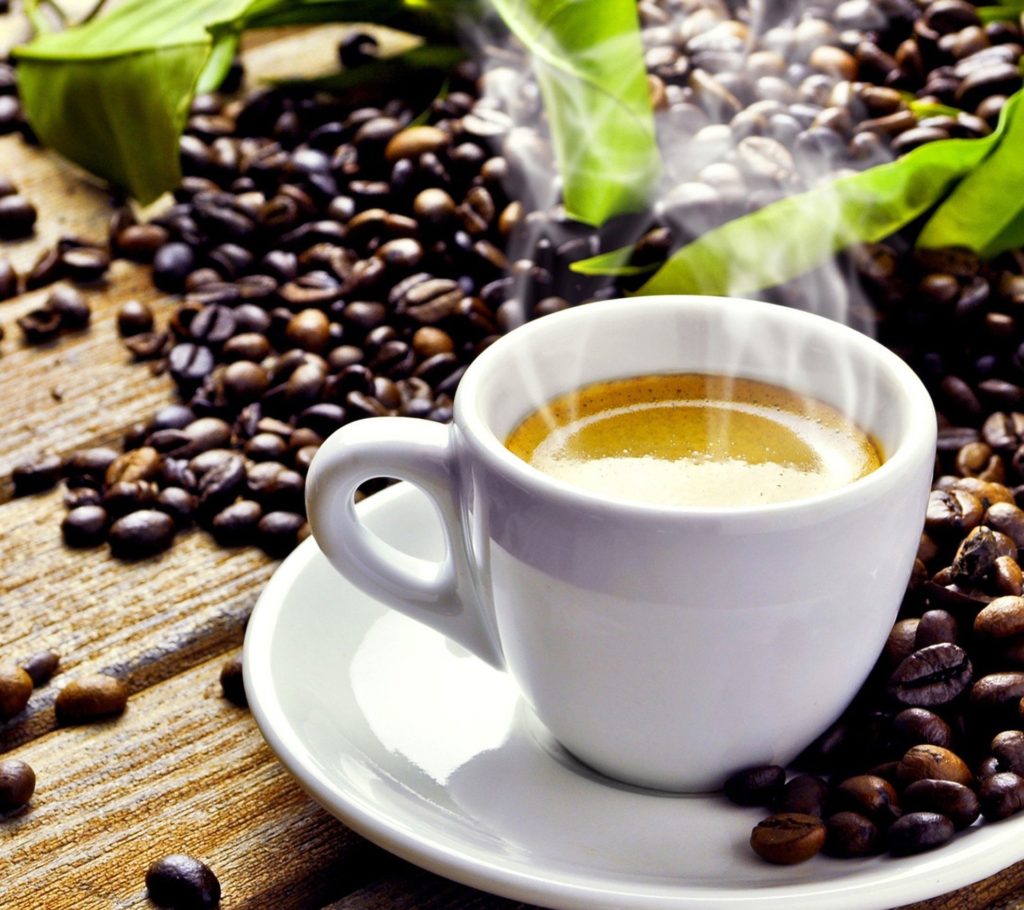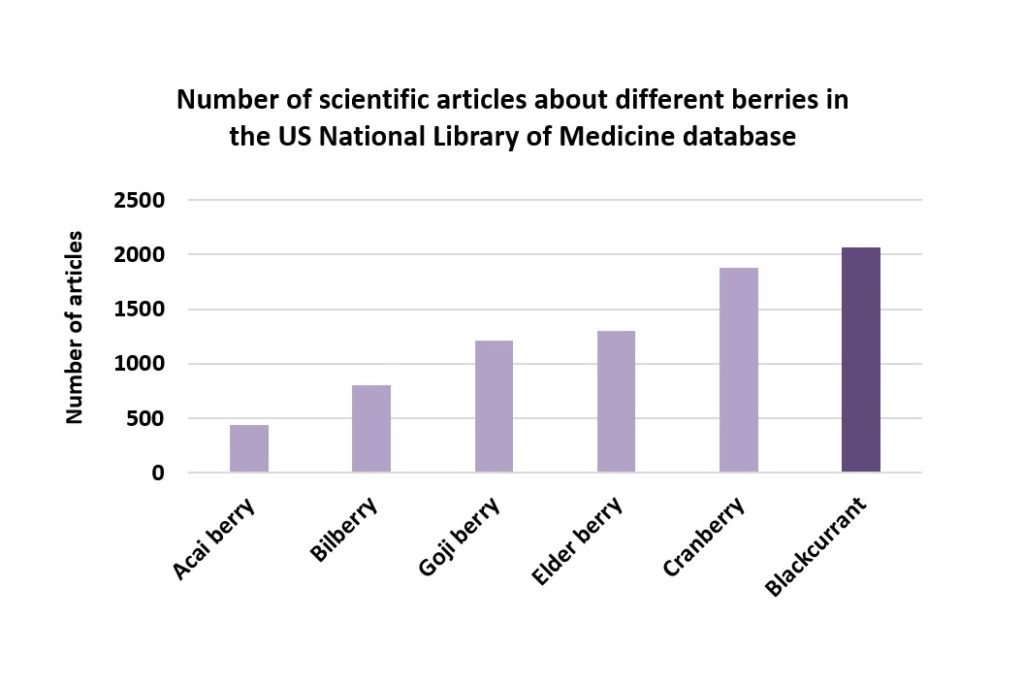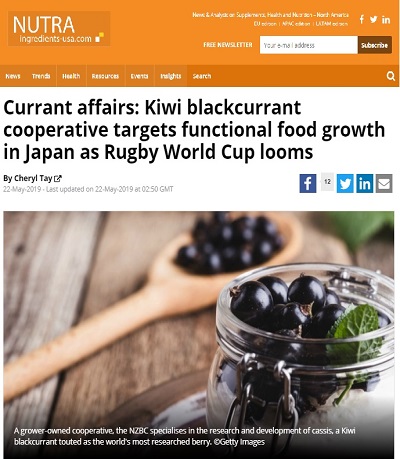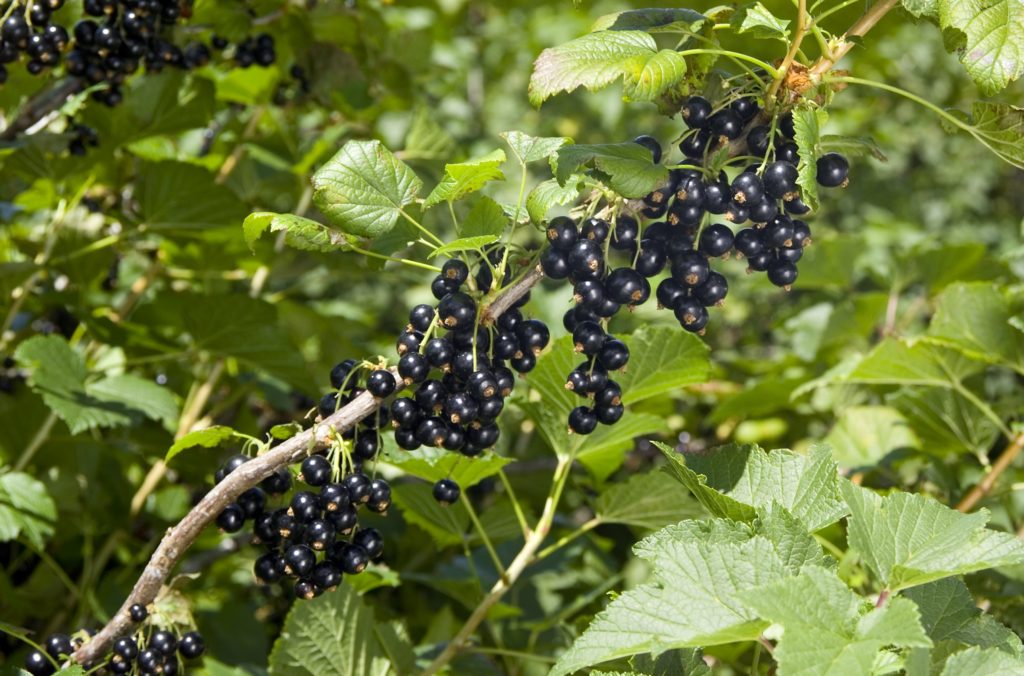Active Lifestyle
New Zealand Blackcurrants – Adapting the body for an active lifestyle
Summary
- New Zealand Blackcurrant anthocyanins are bioavailable
- Levels of a marker of oxidative stress are decreased by consuming New Zealand Blackcurrants before exercising
- Muscle damage is decreased by consuming New Zealand Blackcurrants before exercising
- Plasma lactate levels during exercise are lower in volunteers who have consumed New Zealand Blackcurrants before exercising
- New Zealand Blackcurrants activate anti-inflammatory and tissue repair systems following exercise
- Blackcurrants improve blood flow
- New Zealand Blackcurrants improve exercise performance
- New Zealand Blackcurrants improve perception of pain following exercise
- Nrf-2 has been implicated as a key activator of the body’s natural defense and repair systems helping the body adapt to the stresses of an active lifestyle
1. New Zealand Blackcurrant anthocyanins are bioavailable
Levels of anthocyanins were elevated in the plasma of volunteers 2 hours after ingestion of New Zealand Blackcurrant extract at doses from 0.8 mg of anthocyanins/kg of body weight (equivalent to 60mg of anthocyanins, or 12 grams of New Zealand Blackcurrants or 11 Blackcurrants, for a person weighing 75kgs).
Source: Hurst RD et al. (2019) Consumption of an Anthocyanin-Rich Extract Made From New Zealand Blackcurrants Prior to Exercise May Assist Recovery From Oxidative Stress and Maintains Circulating Neutrophil Function: A Pilot Study. Front. Nutr. 6:73
2. Levels of a marker of oxidative stress are decreased by consuming New Zealand Blackcurrants before exercising
Oxidative stress measured as the levels of protein carbonyls in the plasma of volunteers undergoing moderate exercise was significantly decreased after consumption of 1.6 mg/kg of New Zealand Blackcurrant anthocyanins two hours prior to undertaking exercise.
Source: K.A. Lyall, et al., (2009) Short-term blackcurrant extract consumption modulates exercise- induced oxidative stress and lipopolysaccharide-stimulated inflammatory responses, Am. J. Physiol. Regul. Integr. Comp. Physiol. 297, R70-81
3. Muscle damage is decreased by consuming New Zealand Blackcurrants before exercising
Muscle damage measured as the levels of creatine kinase in the plasma of volunteers undergoing moderate exercise was significantly decreased after consumption of 3.2 mg/kg of New Zealand blackcurrant anthocyanins two hours prior to undertaking exercise.
Source: K.A. Lyall, et al., (2009) Short-term blackcurrant extract consumption modulates exercise- induced oxidative stress and lipopolysaccharide-stimulated inflammatory responses, Am. J. Physiol. Regul. Integr. Comp. Physiol. 297, R70-81
4. Plasma lactate levels during exercise are lower in volunteers who have consumed New Zealand Blackcurrants before exercising
Levels of lactate circulating in the plasma of volunteers undergoing varying intensities of exercise were significantly decreased after consumption of 102mg of New Zealand blackcurrant anthocyanins 2 hours prior to undertaking exercise.
Source: Willems ME et al (2015) Beneficial physiological effects with blackcurrant intake in endurance athletes. Int. J. Sport Nutr. Exerc. Metab. 25(4):367-74.
5. New Zealand Blackcurrants activate anti-inflammatory and tissue repair systems following exercise
Twenty four hours after exercise the anti-inflammatory mediator IL-6 was significantly elevated and the tissue repair mediator TNF-a significantly decreased in volunteers who had consumed 3.2 mg/kg of New Zealand blackcurrant anthocyanins two hours prior to exercising. This represents an improvement in inflammation and tissue repair status.
Source: S.M. Hurst & R.D. Hurst (2013) Anthocyanins, innate immunity and exercise. In: Anthocyanins in Health & Disease. Taylor C. Wallace (Ed), CRC Press.
K.A. Lyall, et al., (2009) Short-term blackcurrant extract consumption modulates exercise-induced oxidative stress and lipopolysaccharide-stimulated inflammatory responses. Am. J. Physiol. Regul. Integr. Comp. Physiol. 297, R70-81.
6. Blackcurrants improve blood flow
Volunteers who had consumed a single dose of blackcurrant anthocyanins (0.8 mg/per kg of body weight) showed a 22% increase in peripheral blood flow when at rest.
Source: Matsumoto H et al (2005) Effects of lackcurrant anthocyanin intake on peripheral muscle circulation during typing work in humans. Eur J Appl Physiol 94:36-45
7. New Zealand Blackcurrants improve exercise performance
Volunteers who consumed 105mg of New Zealand Blackcurrant anthocyanins prior to undertaking a cycling trial were able to complete the 16.1 km time trial 66 secs quicker, and sprint 200m further than when they had consumed a placebo.
Source: Cook MD et al (2015) New Zealand blackcurrant extract improves cycling performance and fat oxidation in cyclists. Eur. J. Appl. Physiol. 115(11):2357-65.
8. New Zealand Blackcurrants improve perception of pain following exercise
Volunteers who consumed an anthocyanin rich extract of New Zealand Blackcurrants for 7 days prior to performing exercise reported lower levels of perceived pain after exercise compared to when they had consumed a placebo.
Source: M. Coelho et al (2017). The effect of New Zealand blackcurrant extract on recovery following eccentric exercise induced muscle damage. Proceedings of the Nutrition Society, 76 (OCE2), E34.
9. Nrf-2 has been implicated as a key activator of the body’s natural defense and repair systems helping the body adapt to the stresses of an active lifestyle
Nrf2 is a key cell signaling molecule that upon activation by phytonutrients such as blackcurrant anthocyanins, or by exercise, switches on the synthesis of a range of cellular molecules that improve the cell’s protective and defense status leading to a body that is better adapted to resist the stresses of an active lifestyle.
Source: Aaron J. Done and Tinna Traustadóttir (2016) Nrf2 mediates redox adaptations to exercise Redox Biology 10:191-199.
Thoppil RJ et al (2012) Black currant anthocyanins abrogate oxidative stress through Nrf2- mediated antioxidant mechanisms in a rat model of hepatocellular carcinoma Curr Cancer Drug Targets 12:1244-57.

